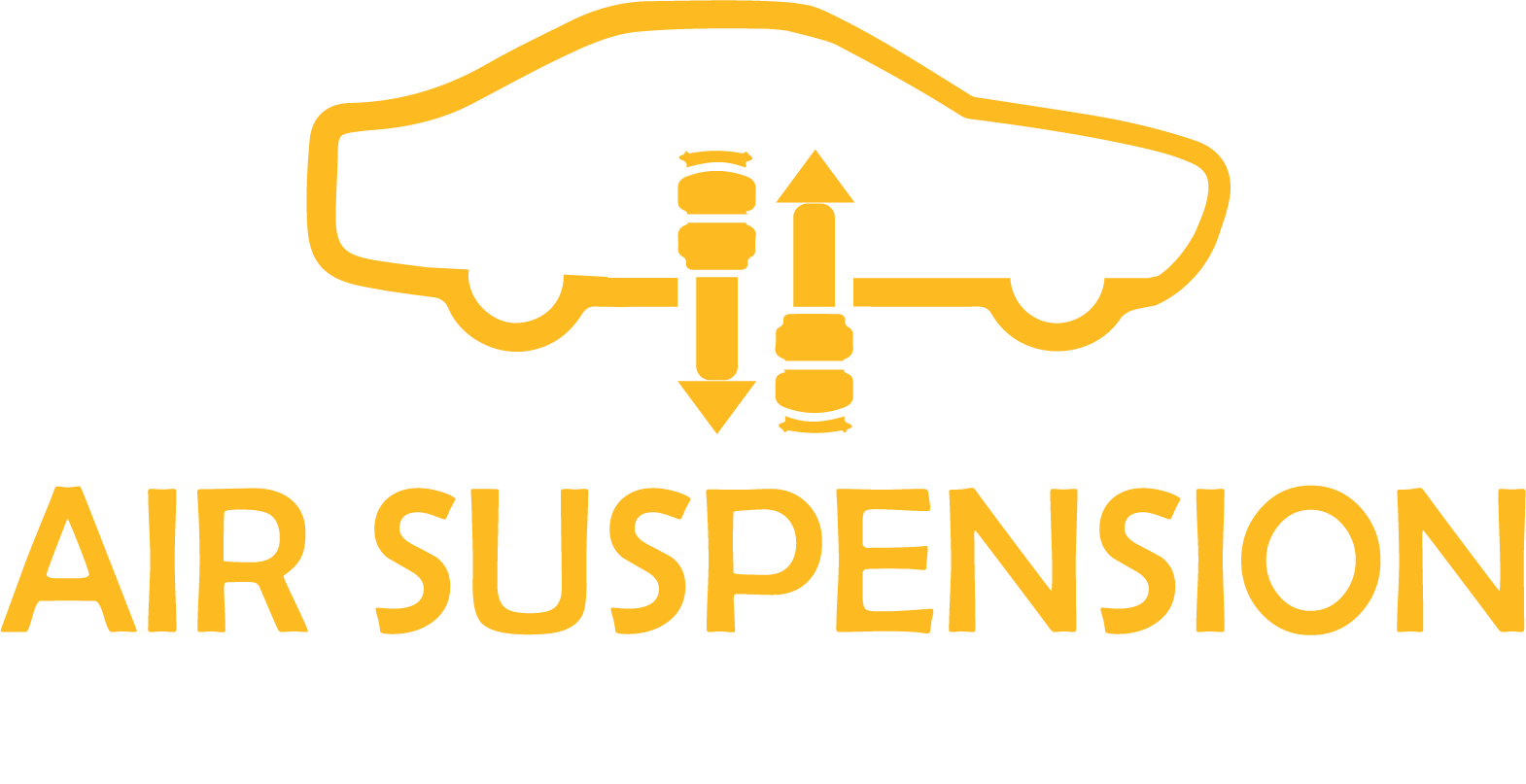Air Suspension for Performance, Tuning & Off-Road Use (Dubai & UAE)
Performance Tuning Basics
Yes. Modern air suspension offers dynamic handling, adaptive damping, and height control suited for performance tuning.
Air suspension offers flexibility and ride comfort, while coilovers offer raw handling feel. Each has pros/cons depending on the build goal.
Yes. Lower ride height reduces drag and improves fuel efficiency at highway speeds.
Some systems can stiffen the rear or preload dampers for better grip during straight-line acceleration.
It’s the process of adjusting pressure, height presets, damping, and response curves in air suspension systems.
It’s rare, but possible. Most drifters prefer coilovers for predictable slide behavior, but air ride can be dialed for grip and clearance.
Yes. Brands like AirLift Performance and AccuAir are stocked by Dubai and Sharjah performance shops.
Not ideal. OEM systems are built for comfort, not sharp handling. Upgrades are recommended for performance driving.
They refer to AirLift Performance’s pressure-based (3P) and height-based (3H) digital management systems.
No. It doesn’t affect engine power but can change how that power transfers to the ground.
Off-Roading and Desert Use
Yes, air suspension provides better ground clearance and comfort for sand dune driving when maintained properly.
Yes, most systems allow you to raise the vehicle. Some even have an 'off-road' preset for quick adjustment.
Always check pressure, leaks, and compressor function before off-road trips. Sand can affect seals and sensors.
Land Cruiser, Range Rover, and Jeep Grand Cherokee with Quadra-Lift perform well in desert terrain.
Yes. Fine sand can wear out seals and enter valves if not cleaned regularly. Always rinse underbody after desert drives.
Typically 40–70 PSI depending on vehicle weight and terrain. Always follow manufacturer recommendations.
No. Deflate tires for traction, but keep suspension inflated to maintain clearance over dunes.
Yes. Most premium SUVs allow driving mode changes that adjust air spring stiffness and height.
It adjusts shock firmness in real-time to improve control over bumps, rocks, and uneven ground.
Use underbody guards, rinse after every trip, and check seals/hoses monthly for leaks or wear.
Show Builds & Customization
Yes, it allows ultra-low stance at shows and adjustable height for daily driving.
It refers to fully airing out the system to drop the vehicle frame to the ground.
Yes. Most digital air systems offer key fob or mobile app control for ride height presets.
Yes. Many show builds include synchronized lighting that responds to air ride changes or controller input.
Yes. Many show cars display custom-painted tanks, polished lines, and LED-lit compressors.
Absolutely. Many builds are for aesthetics, not performance—suspension can be tuned for low speed use.
They’re metal air hoses used instead of rubber or nylon, mainly for visual appeal and durability in show setups.
They can. Always check with dealer first—some allow it with certified installs, others do not.
Yes, if the setup is professionally installed and tuned properly. Air suspension can be both show and daily-friendly.
Yes. Compressors and tanks can be mounted under seats or hidden panels for a cleaner install.
Advanced Tech & Smart Control
It’s a digital system that monitors and adjusts pressure or height using sensors and ECUs for smarter control.
Yes. Many systems support Bluetooth or WiFi apps that allow ride height adjustment and preset control.
Presets let you switch instantly between saved heights for highway, city, show, or load-bearing modes.
Yes. They allow the system to measure and auto-correct height in real time based on road or load.
A system that automatically maintains vehicle height regardless of cargo or passenger load.
Yes, many vehicles allow integration so height and damping adjust with Eco, Sport, or Comfort mode changes.
It’s a tech system that keeps the car perfectly level regardless of surface or load using advanced sensors.
Yes. Some systems allow GPS-linked presets to automatically adjust height when approaching garages or speed bumps.
It lowers the car to a preset show height automatically after engine shut-off, often for aesthetics or clearance.
Yes. Faulty ECUs, broken sensors, or wiring issues can disrupt function—diagnostic tools are essential for troubleshooting.



